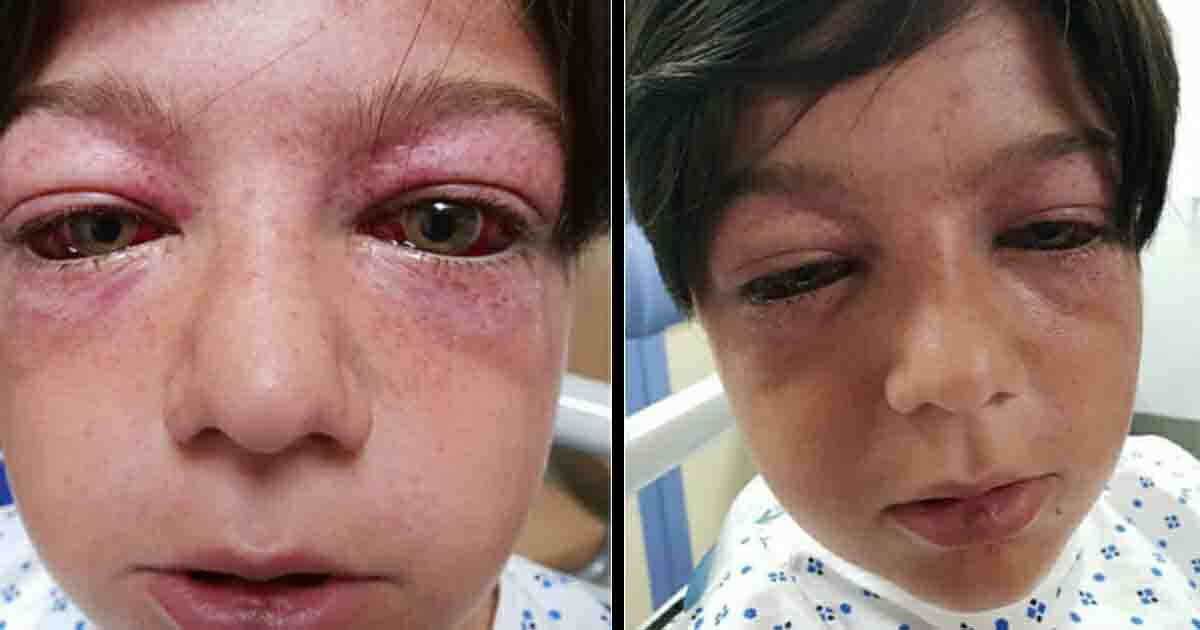If you notice painful red bumps, you might have dyshidrotic eczema
As summer approaches, everyone looks forward to enjoying the warm weather and spending time outdoors. However, for those with eczema, particularly dyshidrotic eczema, the season can be challenging. This type of eczema often flares up in the spring, causing small, itchy blisters to appear on the edges of fingers, toes, palms, and soles.
While eczema cannot be cured, it can be managed, allowing you to enjoy the sunshine without constant worry.

Eczema, also known as dermatitis, is a condition that causes inflammation of the skin. It affects millions of people in the United States, with around 35 million Americans experiencing it.
Eczema typically starts in children under five but can continue into adulthood. When a flare-up occurs, the skin becomes red, itchy, and swollen, with fluid-filled bumps that may ooze and crust over. Eczema is often triggered by an allergic reaction and is not contagious, but it can be hereditary.
Dyshidrotic eczema is a specific type of eczema that causes small, intensely itchy blisters on the edges of fingers, toes, palms, and soles of the feet. These blisters can be very painful and may take weeks to heal. The condition is associated with seasonal allergies and is more likely to erupt in the spring.

Dyshidrotic eczema is known by several names, including:
– Pedopompholyx (affects the feet)
– Cheiropompholyx (affects the hands)
– Vesicular palmoplantar eczema
– Dyshidrosis
– Foot-and-hand eczema
– Dyshidrotic dermatitis
– Vesicular eczema
– Pompholyx
The symptoms of dyshidrotic eczema include:
– Deep-set blisters on hands and feet
– Intense itching
– Redness
– Flaking
– Scaly, cracked skin
– Pain

This type of eczema is more common in women than men and typically affects adults aged 20-40. Those with contact dermatitis, atopic eczema, or hay fever are at higher risk. It can be hereditary, so having a family member with dyshidrotic eczema increases your chances of developing it. The condition can also become infected, which delays healing, so it’s important to seek medical attention if an infection occurs.
Although dyshidrotic eczema is not curable, it can be managed with proper treatment. Severe cases may require medical intervention, such as corticosteroid creams, ointments, injections, or pills. Other treatments include:
– UV light therapy
– Draining large blisters
– Antihistamines
– Anti-itch creams
– Immune-suppressing ointments like Protopic and Elidel
For those who prefer natural remedies, there are several options to help manage dyshidrotic eczema:
1. Cold Compresses: Applying cold compresses to the affected area for 15 minutes several times a day can reduce inflammation and provide relief. Follow up with a moisturizer for best results.
2. Aloe Vera: The gel from an aloe vera plant can soothe irritated skin and speed up healing. Apply the gel directly to the inflamed areas or use a natural aloe vera lotion.
3. Oatmeal: Known for its anti-inflammatory properties, oatmeal can be applied directly to the skin to relieve symptoms and promote healthy skin.
Identifying and understanding dyshidrotic eczema is the first step in managing it effectively. With proper care and treatment, you can reduce flare-ups and enjoy the summer season without the discomfort of eczema. By learning more about your condition, you can take control of your symptoms and make the most of your time in the sun.





